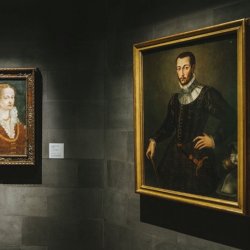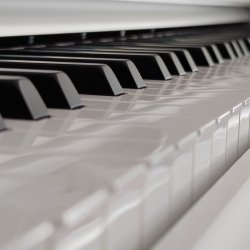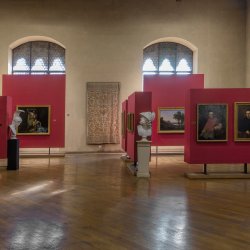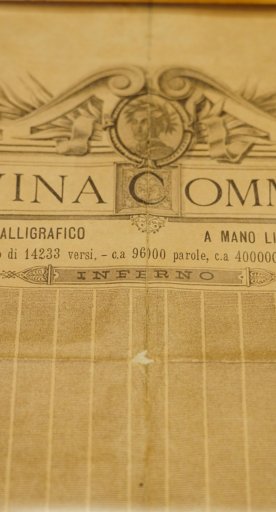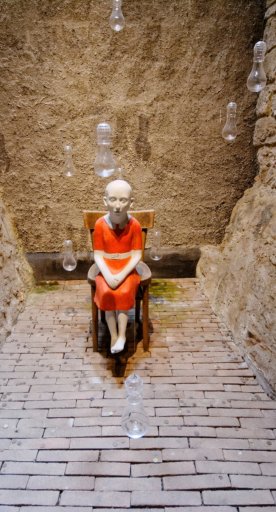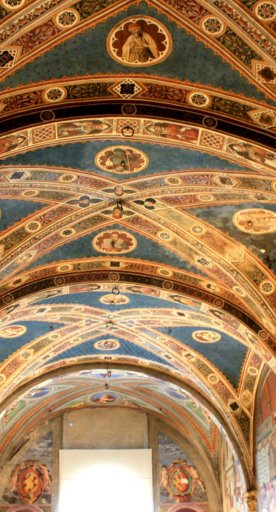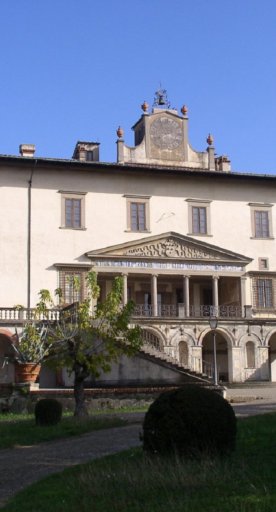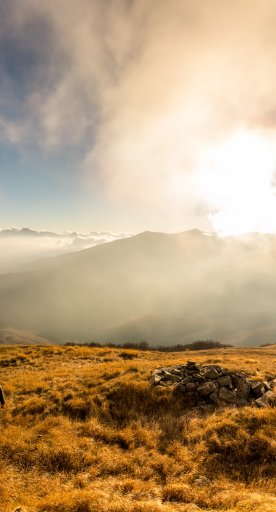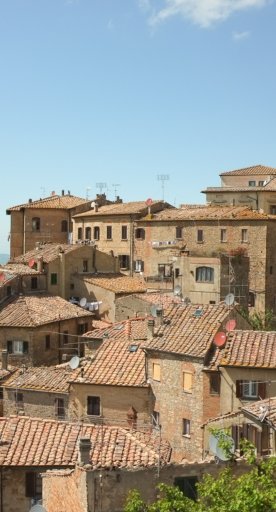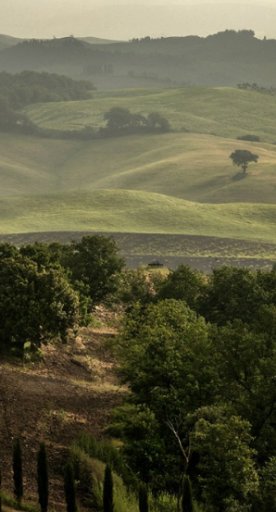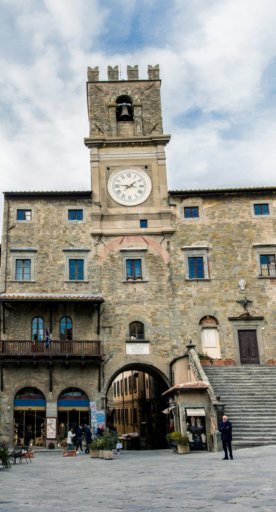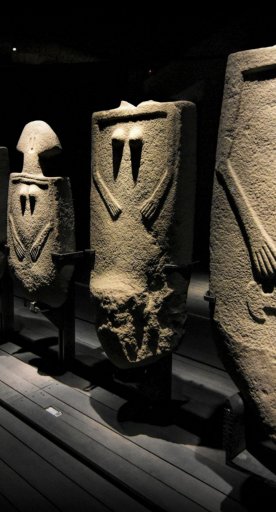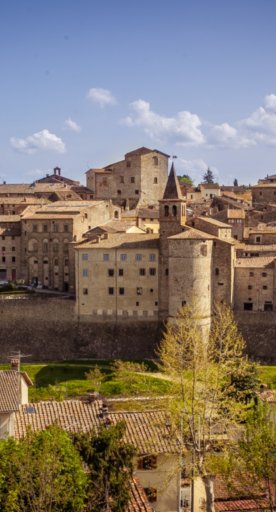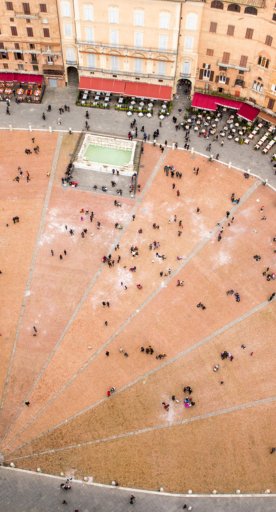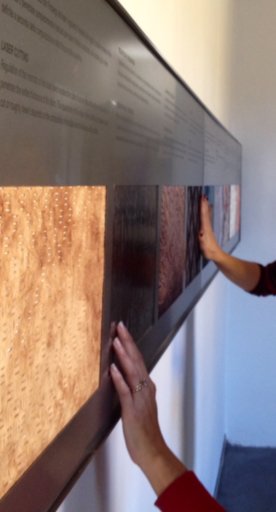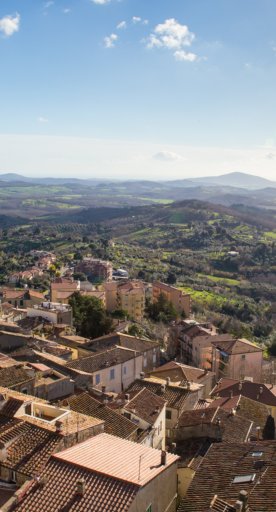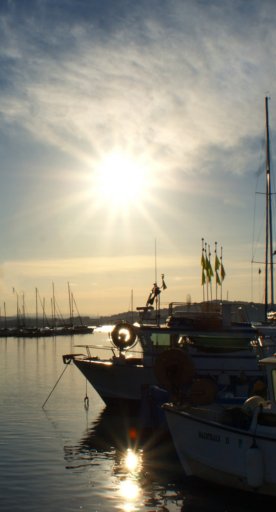Delve into the life of miners in Abbadia San Salvatore
Visiting the Mining Museum in Abbadia San Salvatore: a trip down a miner’s (dark) memory lane
Warning: this isn’t your classic happy-go-lucky blog post about another amazingly wonderful Tuscan hilltop town. This is about serious business. And with serious business I mean the mining industry that came to Abbadia di San Salvatore in 1897 and brought along 100 years of death with it.
Come with me to the town of Abbadia, set on the slopes of Monte Amiata, and join me in my visit to the Mining Museum.
-
1.A trip down a miner's dark memory lane - Part 1
-
2.A trip down a miner's dark memory lane - Part 2
-
3.Learning more about mercury and Chemistry class
A trip down a miner's dark memory lane - Part 1
Before the Germans discovered that the lands around Monte Amiata were full of cinnabar (the mineral that mercury is made out of) Abbadia di San Salvatore was a quiet town where chestnuts and polenta offered the most exciting business opportunities. The quicksilver rush changed all this in a split second. All the men in the town were recruited and Paolo, our proud and extremely precious guide at the mining museum, started his mining career at only thirteen years old.
"Going down the shaft was the most difficult moment of the day; it’s when you leave all the beauty outside. At 150 metres down, the dark becomes so black you become part of it. At 400 metres the smoke, dust and heat make it hard to breathe. Then you finally arrive at that point where the air is ugly. Where the air is dead". We all take a deep breath and listen to this weathered man in sheer awe.
He accelerates his speech and, in a matter-of-fact tone, explains to us how the mines worked. Then he pauses and excuses himself. "You know, all these horrible things, losing your friends, landslides, floods, explosions in the mine". The deep scars come up to the surface, despite his efforts to keep them covered.

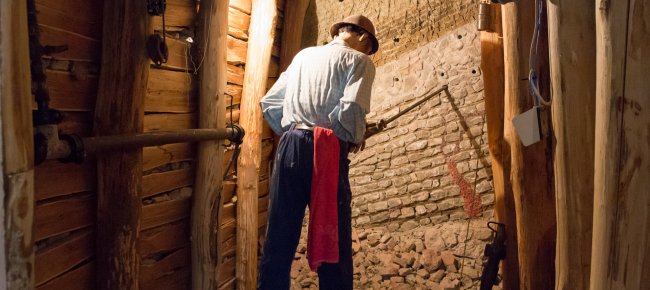
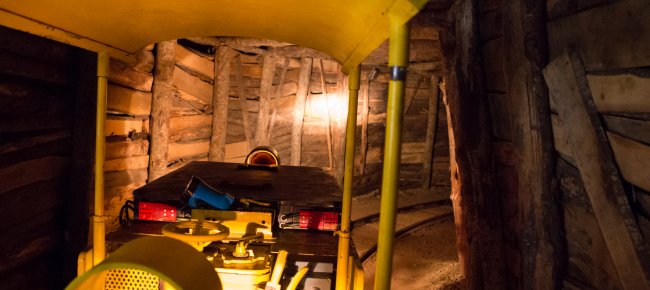
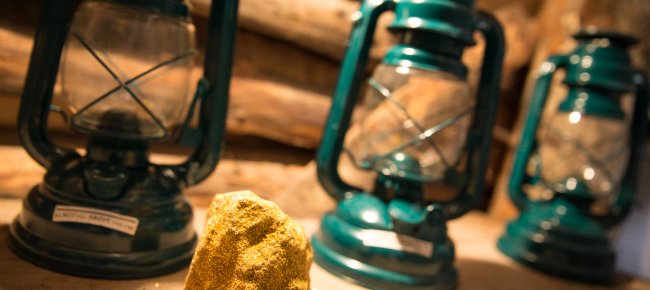
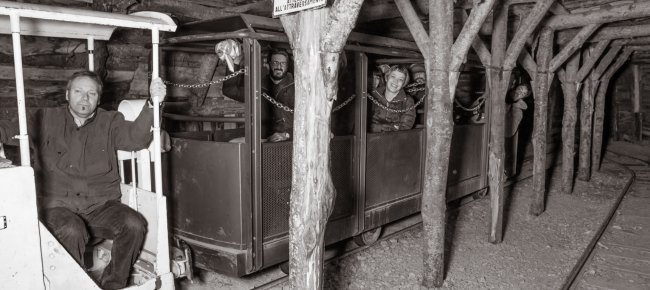
A trip down a miner's dark memory lane - Part 2
"A landslide could happen out of nowhere", he continues, "and it meant being stuck there for God knew how long. The thick dark made you lose your sense of time and as the flame in your lantern slowly died, all you could do is hope for someone to come and get you". To verify that everybody had made it back up a system was put into place. Every time a miner was about to go down he had to move a metal coin with his number on it, from the left to the right on a board. When he came back up he would move it back to the left. If there was a coin left on the right after a shift, it meant a miner was still down there and the alarm would ring.
Every beginning miner had a master who would show him the ropes of the mining trade. The two spent an incredible amount of time together and this created a bond that Paolo describes was like having a second father. Reminiscing this unique bond sealed by trust he pauses and waits until his eyes become dry again.
Learning more about mercury and Chemistry class
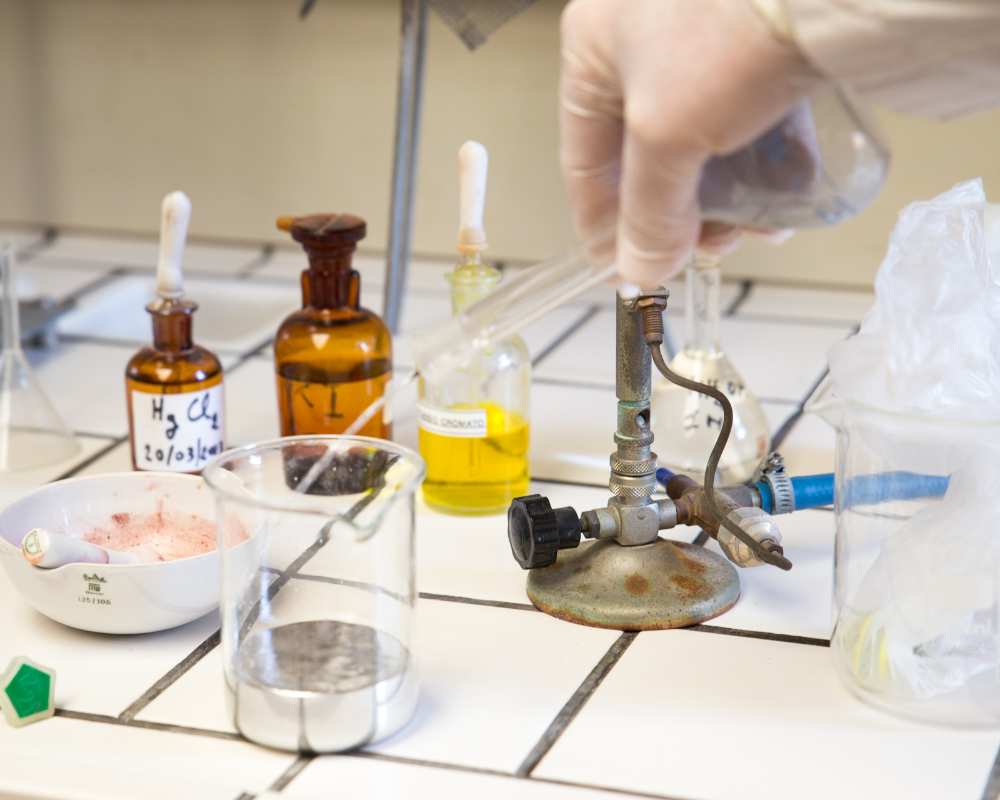
Still metabolizing the trip down Paolo’s dark memory lane, we are rushed through the museum learning about mercury and feeling how surprisingly weighty it is; 14 times heavier than water! A ride on a mining train is supposed to make us understand the hardships these men had to go through. Nearly getting a panic attack because of the heavy darkness and the lack of oxygen makes me realize that we wouldn’t even survive one day.
A chemistry class at the local secondary school about how cinnabar is turned into quicksilver makes the whole experience complete. When the passionate teacher pulls out a board with formulas, I immediately remember why I chose to study languages again.
Dreaming away and thinking of Paolo’s story, the last thing he said comes into mind: "after this black prison you realize how beautiful the world really is. Also when it rains, or snows. It has made me appreciate the light". A very valuable lesson learned, I’d say.


